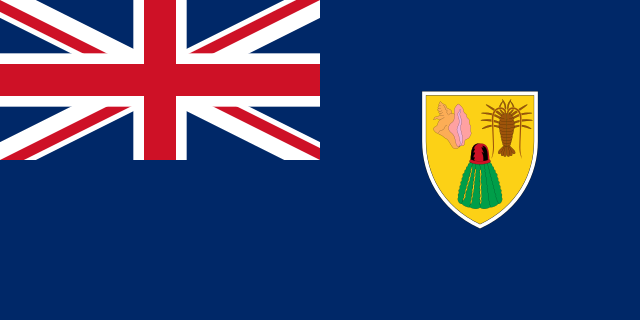

The current flag of the Turks and Caicos Islands was adopted on 7 November 1968, and modified in 1999. Prior to this, the islands had several different flags either proposed or utilised. Nevertheless, the Turks and Caicos Islands did not form a separate colony for the vast majority of this time. Instead, the islands were a dependency of Jamaica until 1959. In 1959, the islands became a separate colony but until 1962 and the independence of Jamaica, the Governor of Jamaica remained the Governor of the Turks and Caicos Islands.
The Turks and Caicos Islands (TCI); are a British Overseas Territory consisting of the larger Caicos Islands and smaller Turks Islands, two groups of tropical islands in the Lucayan Archipelago of the Atlantic Ocean and northern West Indies. They are known primarily for tourism and as an offshore financial centre. The resident population was 31,458 in 2012, of whom 23,769 lived on Providenciales in the Caicos Islands; July 2021 estimates put the population at 57,196. It is the third largest of the British overseas territories by population.
Alternative Flags:
The Governor of the Turks and Caicos Islands has a separate flag, a Union flag defaced with the coat of arms surrounded by a garland tied together with a blue ribbon. This design is similar to flags of the other Governors in British overseas territories. The current governor, since July 2019 is Nigel Dakin. The previous flag used up to 1968 was also a defaced blue ensign. This flag had been in use since 1875 and had a different coat of arms to the current flag. The former coat of arms featured a ship offshore from a beach with the name of the islands in a circle.